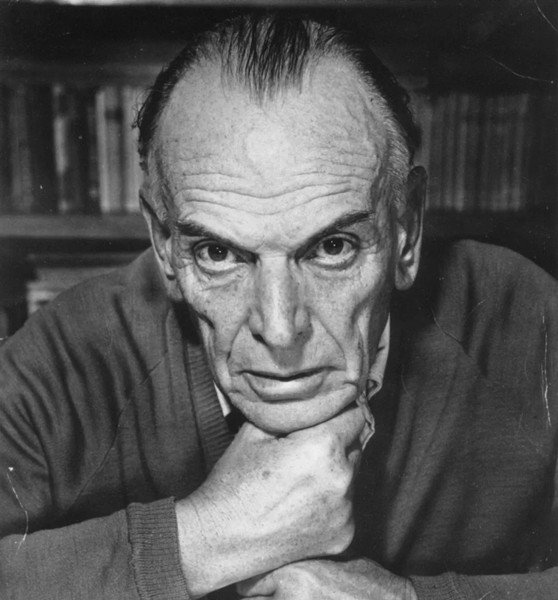Reading | Can Tie Ning’s beloved “Golden Rose” allows you to discover “new landscapes”Fly into the homes of ordinary people
There are countless collections of writings. If you mean that it is extremely influential, literary and extremely easy to learn, I fear “Golden Rose” is still indispensable. This book has always been considered suitable for both the general reader and the novice writer. Famous writer Tie Ning was delighted when he received a copy of “Golden Rose” in junior high and regretted losing it. Today, “Golden Rose” still has a strong ability to attract fans with its beautiful language, vivid narrative and clever structure.
“The Golden Rose” is the first “Notes on Writers’ Creation” completed by Paustowski at the age of sixty-three in his mature creative period. Nature. “The title of the book is taken from the only relic of the hero in the opening chapter” Precious Dust. “The story takes place between the French soldier Chamet and Suzanne, the orphan of his regimental commander in Mexico. the trip that brought the little girl back to China, Shamei told her the story of the golden rose: “If anyone has such a flower, they must be lucky.” After the separation, Susanna grew up in her aunt’s house and Shamei became a cleaning lady after retiring. Susannah, who reappeared before Shamei, was trapped in love and could not forget the golden rose. Shamei secretly spent a lot of time and energy collecting bits and pieces from the jewelry workshop, sifting through bits and pieces gold from dust, throwing gold fragments into gold bars and finally asking the jeweler to make “a very delicate rose flower.” However, Shamei ultimately failed to deliver the golden rose filled with her tender zza and blessings to Susannah, and she was forever in the world. A jeweler meets a writer and Shamei’s story spreads around the world. The writer found resonance in Shamei’s story: “We writers have searched for these countless fine sands for decades, silently collected them for ourselves, cast them into alloys and then launched our ‘golden roses’ – Novelle, novels or long poems. “Paustovsky, who has been on the path of writing for 43 years, explained the mystery and joys of literary creation like a touch of water. Such vivid images and simple explanations are not only “precious” The characteristics of “The Dust” are also the characteristics of the entire book “Golden Rose”.

Paustowski
Paustovsky’s subtitle for “The Golden Rose” is “On the Writer’s Art and Creative Psychology”. To accomplish this task, on the one hand, he showed himself: using the writing scheme of the short story “Snow” to illustrate the importance of repeated deliberation and using the writing motifs, the prototypes of the characters, the accumulation of knowledge and other processes of “Kara-Bugaz Bay” to prove life Everything in the book “can shock the heart with great power”, and all this can be expressed both with passion and with lyrics; with the collection of materials from the Hounds’ novels “The Telegraph” and “The Constellation”, it is popularly revealed that it is necessary to pay attention to daily life, to the details, and not to pull hard on the observation material, “even the material of success “; explain it in your own words and my words, from forester, farmer, poet, sailor, etc.,” Do not despise anything when looking for words “, To” keep a sense of the language “, not only with people, “but with pastures and forests, rivers and seas, old willows, birds chirping and every flower that nods from under the hazelnuts.”; with the birth of the novel “The fate of Charles Langseve” to argue that “matter is dead until the characters appear “; with the landscape description of the epiphany of a memory of an air raid in 1941,” is not an addition. “.
On the other hand, Paustovsky cites a wide range of sources: using inscriptions near the fishing village of Latvia and the story of Dutch Murta Tuli to emphasize the mission of literature; using flashy shavings to show that the true meaning of writing is not fantasy, but true feelings Reality; borrow Leo Tolstoy’s example from seeing the burdock to writing “Haji Murat”, “ideas can only flourish if they are constantly in touch with reality”; citing A. Tolstoy’s summary to reveal the character’s Freedom of Logic, “If a writer forces a character to act against logic, if he forces a character to fit within the boundaries, then the character begins to become lifeless, a dead man who walks, a robot “; modified by old proofreader Blagov The experience of the old writer Soboly’s article underlines “what an extraordinary effect an adequate period has on the reader”; uses Gaidar to write “The Drummer’s Destiny”, Feiding to write “An Extraordinary Summer”, Chekhov to write “The Hunter” “explains that there are no fixed rules for the way of writing, as evidenced by the description of” straight hair “in” The Course of Suffering “by A. Tolstoy,” a right detail can cause the reader … to produce an intuitive and accurate understanding “; The story of the discovery of Florida by the Spanish aristocrats revealed that” the Imagination arises from life, and sometimes in turn dominates life “; with Monet’s London Red Mist and Levitan’s” Above Eternal Peace “urging the writer to be honest Discover and express” new features of reality “.

Going back to the “Golden Rose” creation scene, I can probably feel its value even more. When heroism and protest dominated Soviet literature in the 1950s, Paustovsky, who had lived through three wars and two revolutions, recounted his writing experience, literature at his own pace, aesthetic claims and ideals. In his unreserved fiction, his warm memories of his friends, his persistent pursuit of writing, his sober conscience and his noble character in the face of the times are permeated everywhere. Paustovsky described his works as the “Golden Rose” carefully created by writers for readers and his collection of essays “Golden Rose” can be described as a “Golden Rose” created for writers and readers at the same time.
Time is the best milestone. According to incomplete statistics, in 2022 there will be almost 40 versions of “Golden Rose” in Russia and no less than 20 versions in China. On the occasion of the 130th anniversary of Paustovsky’s birth, both when reading “The Golden Rose” and rereading it for the first time, there will always be “new landscapes and new paths”. (Bai Ying)
Publisher: Guo Ying
![]()


